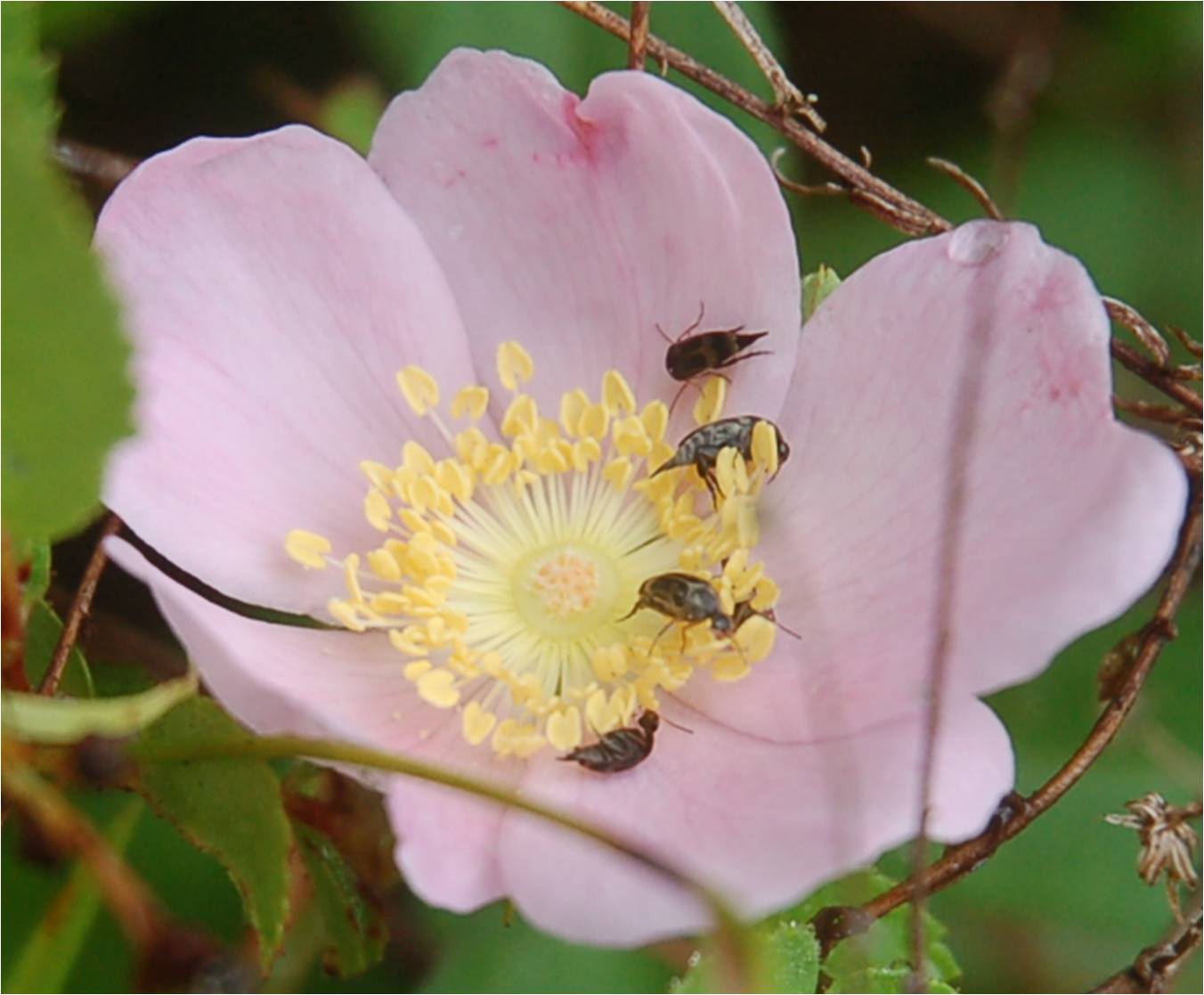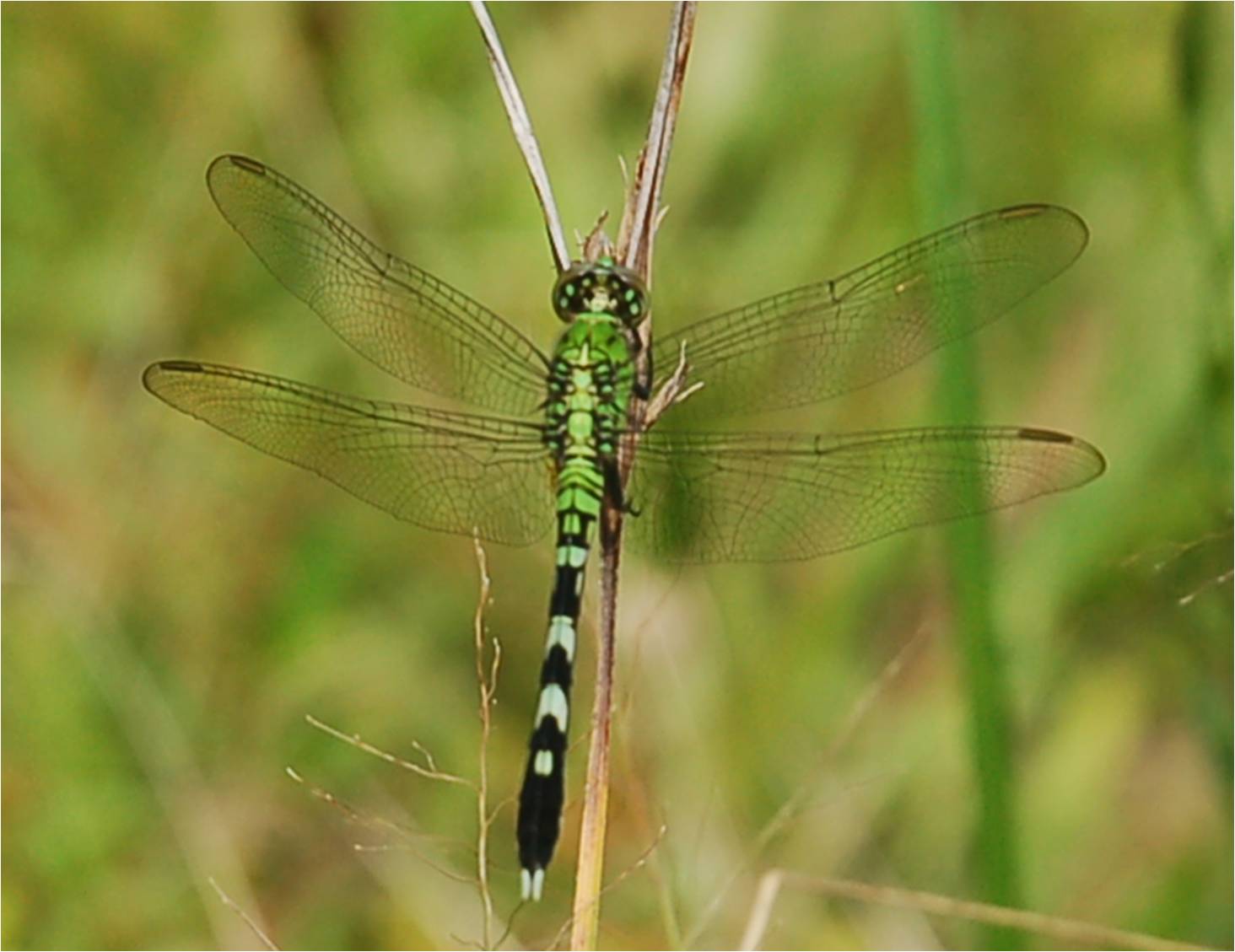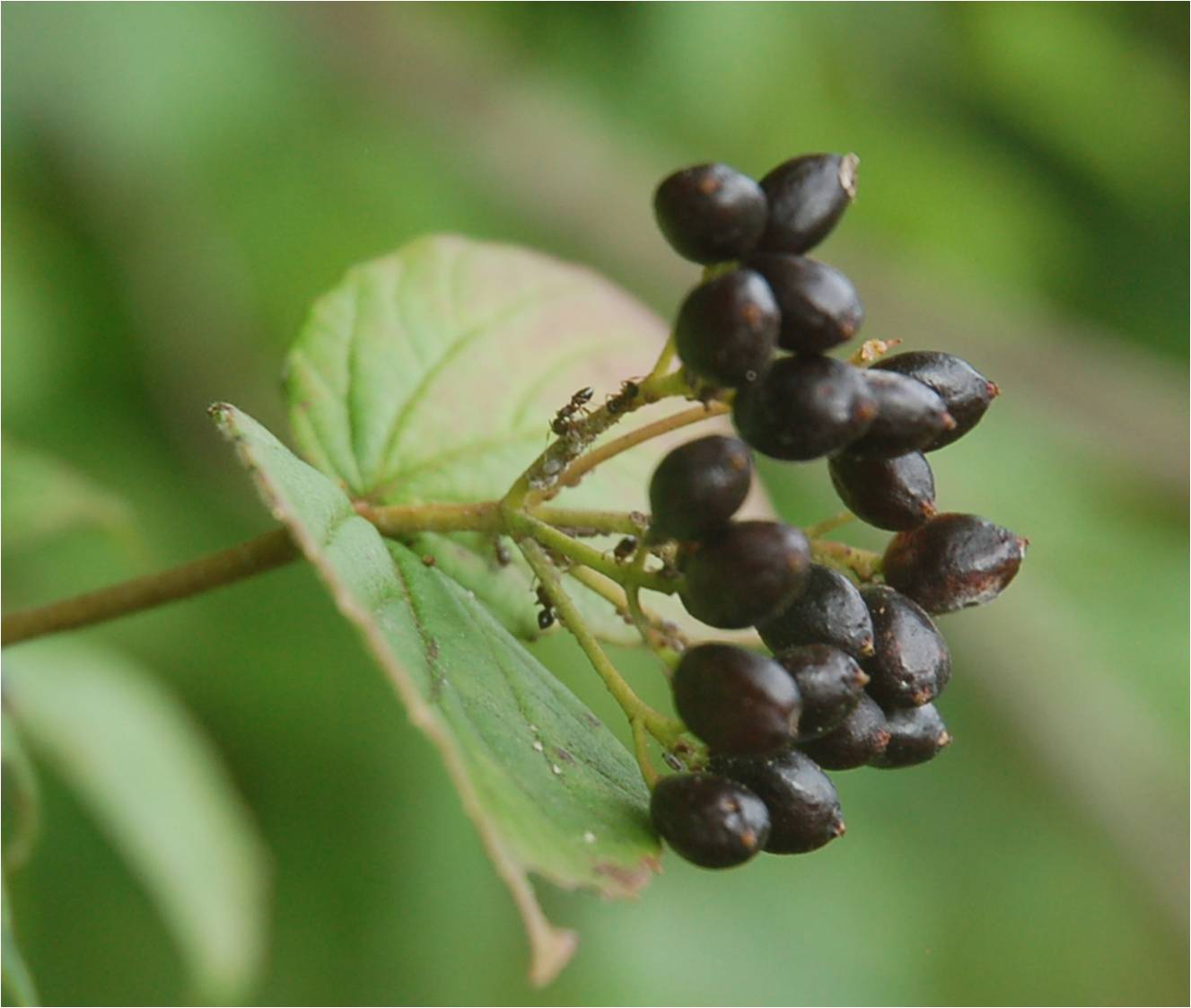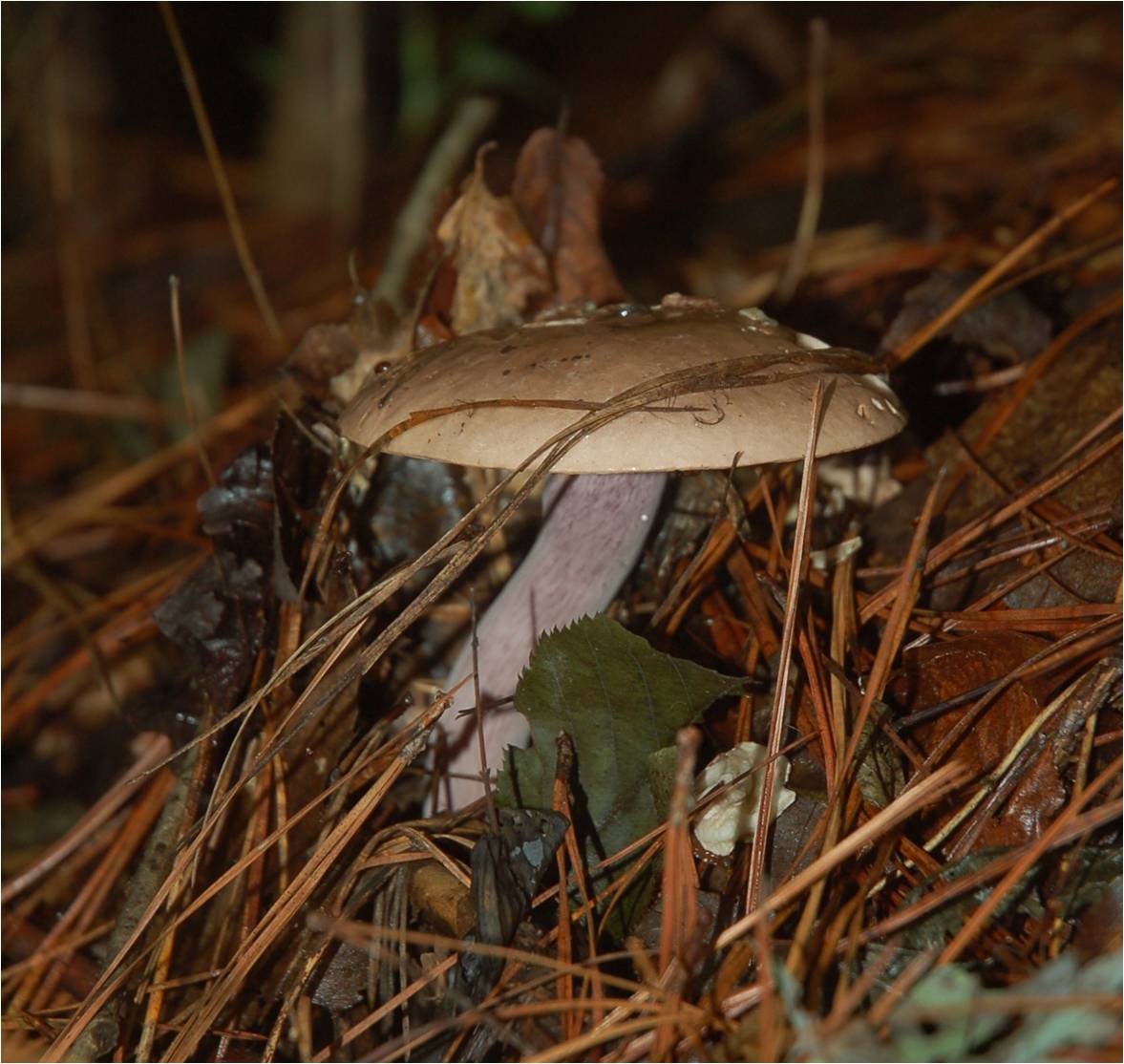
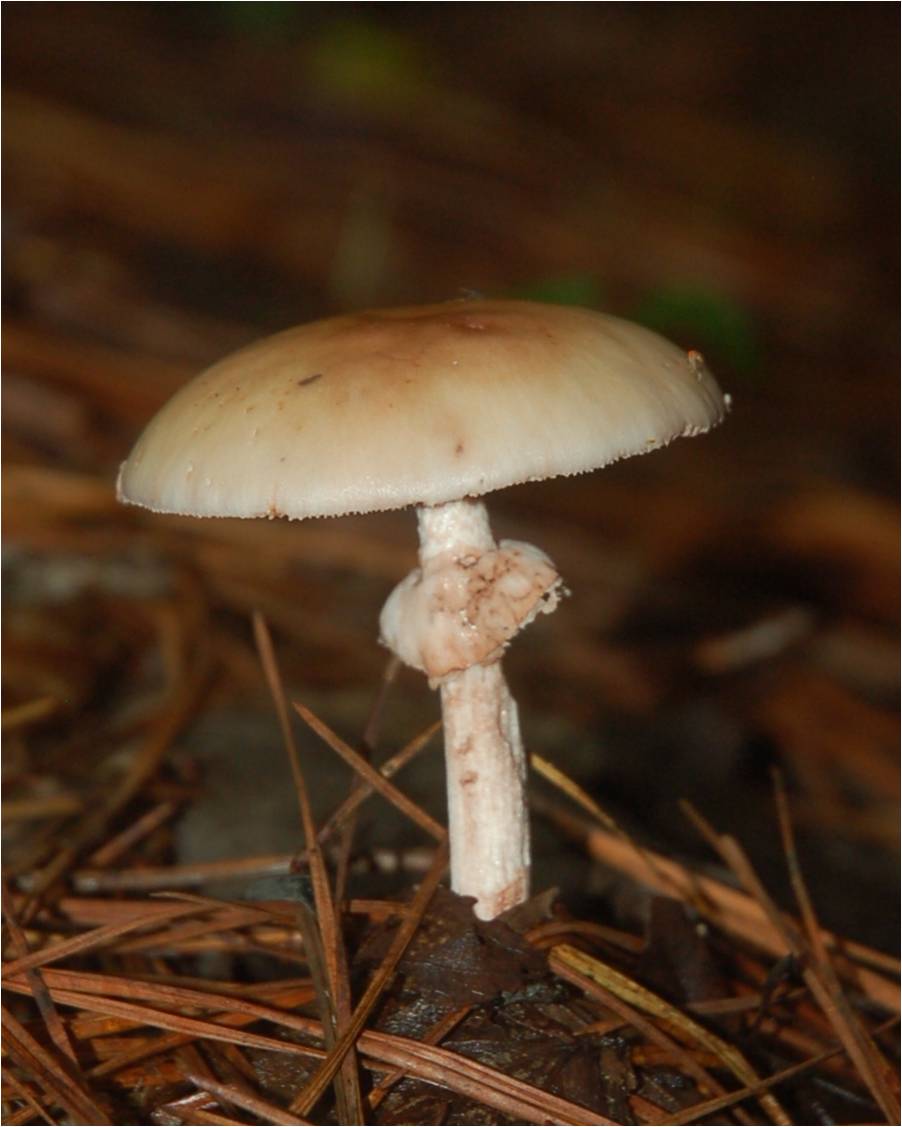
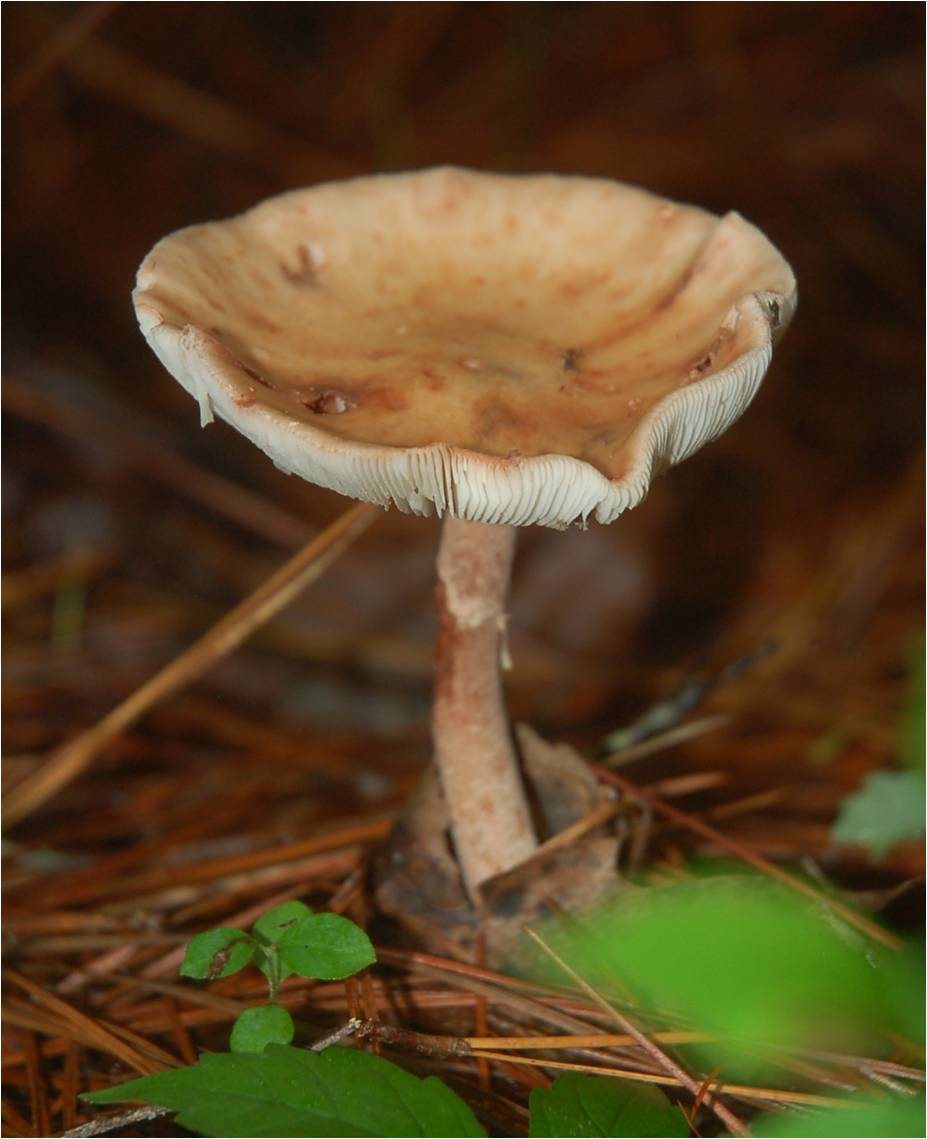
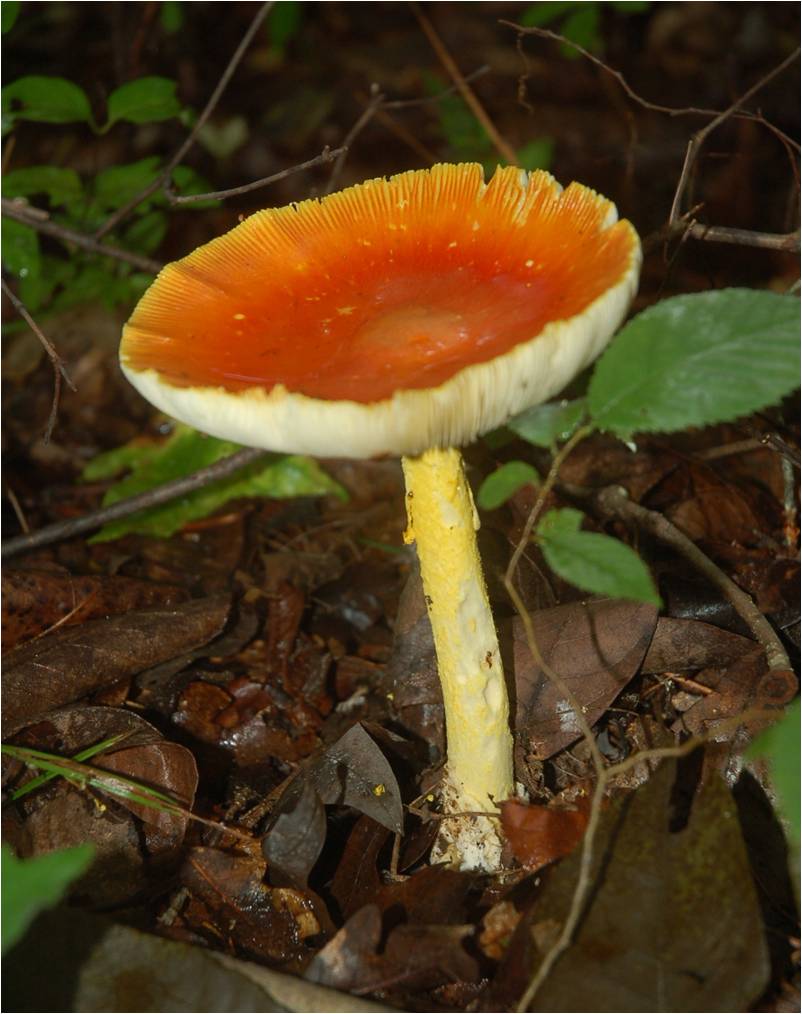
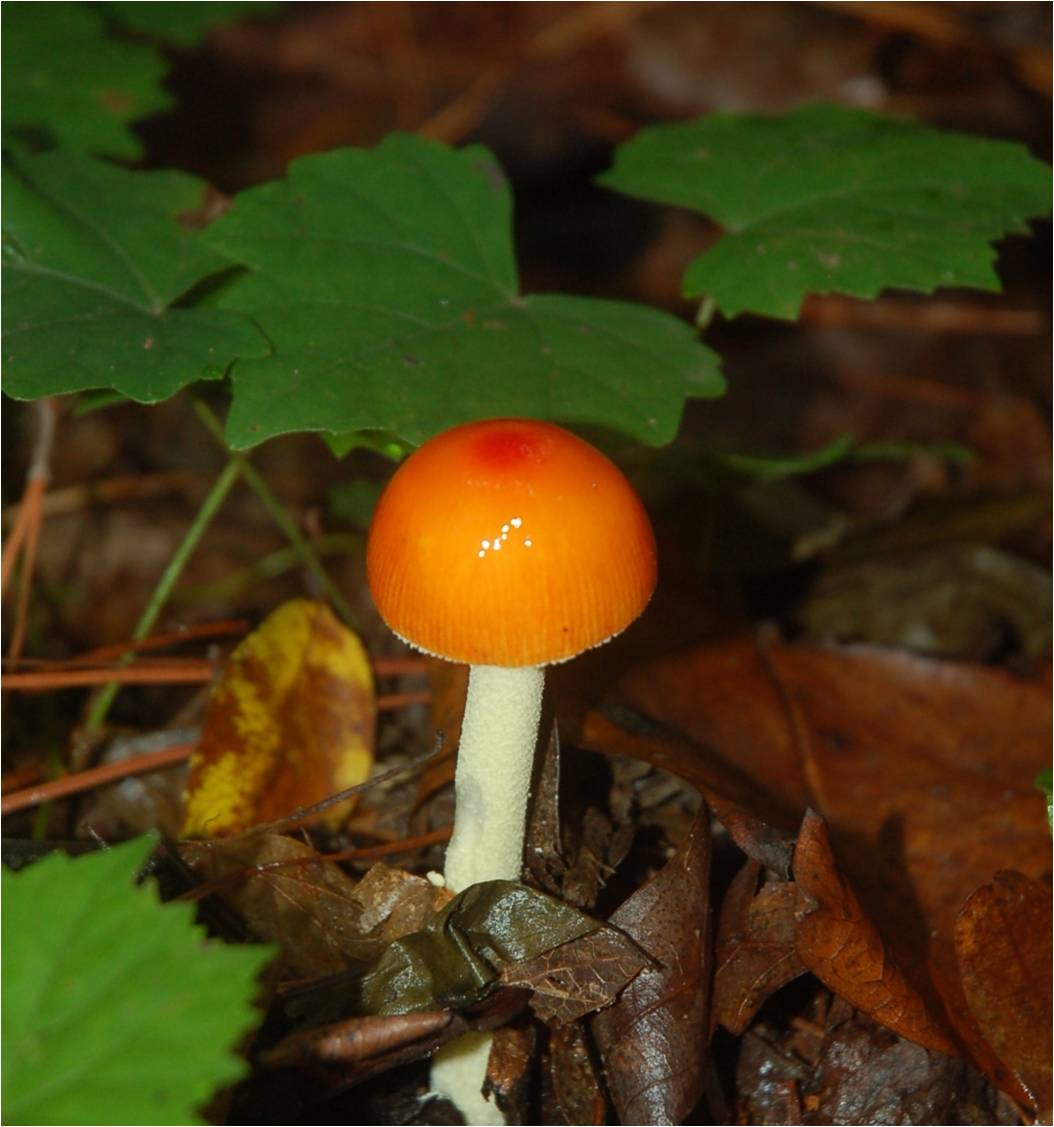
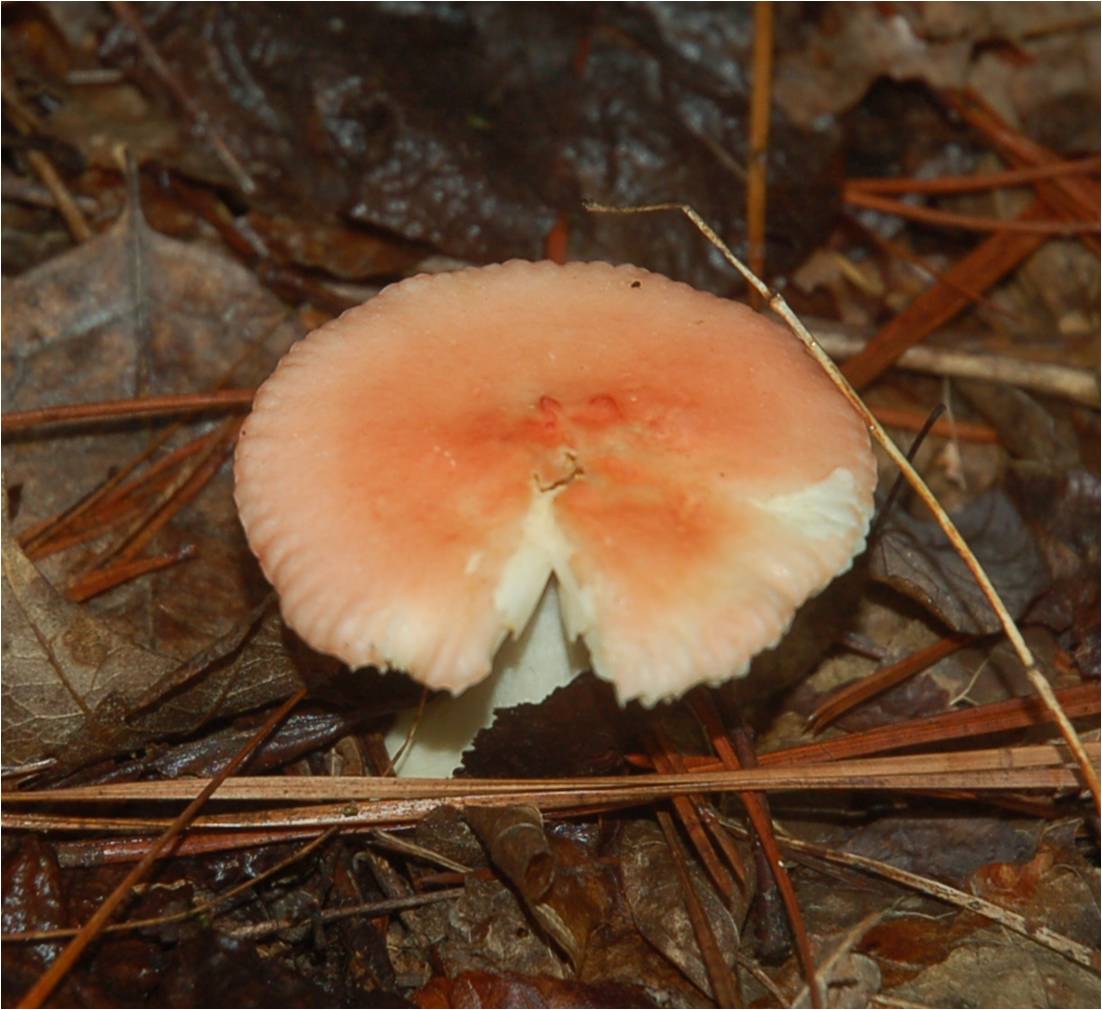
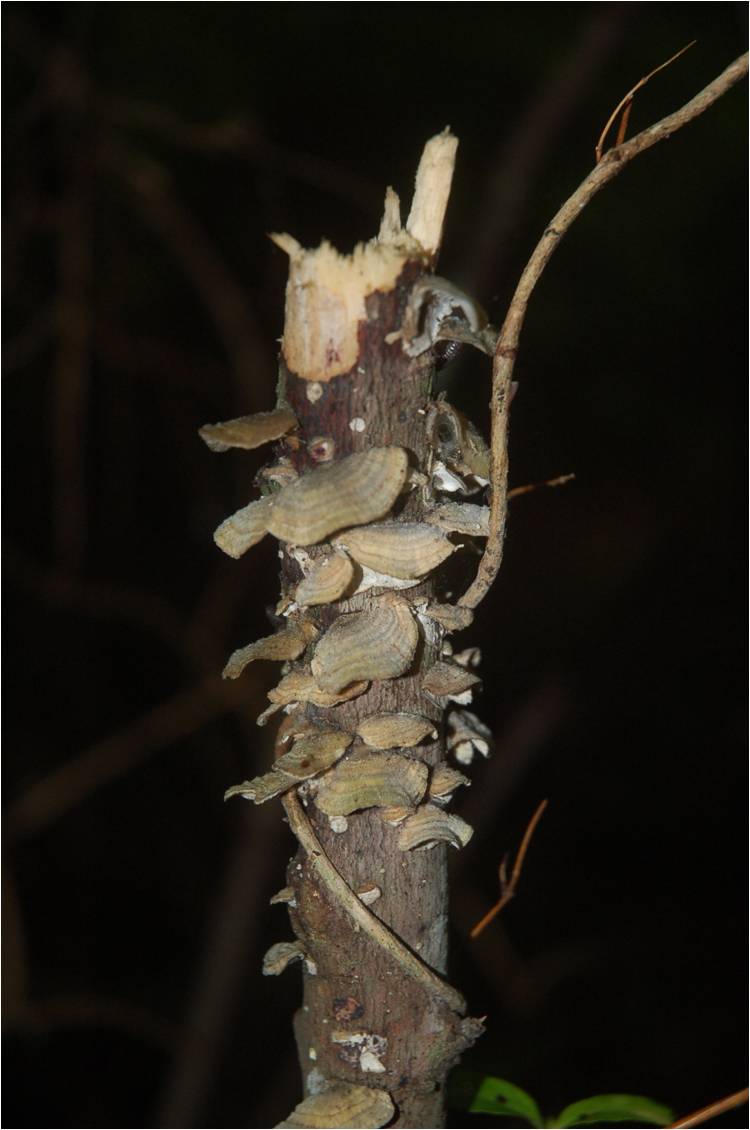
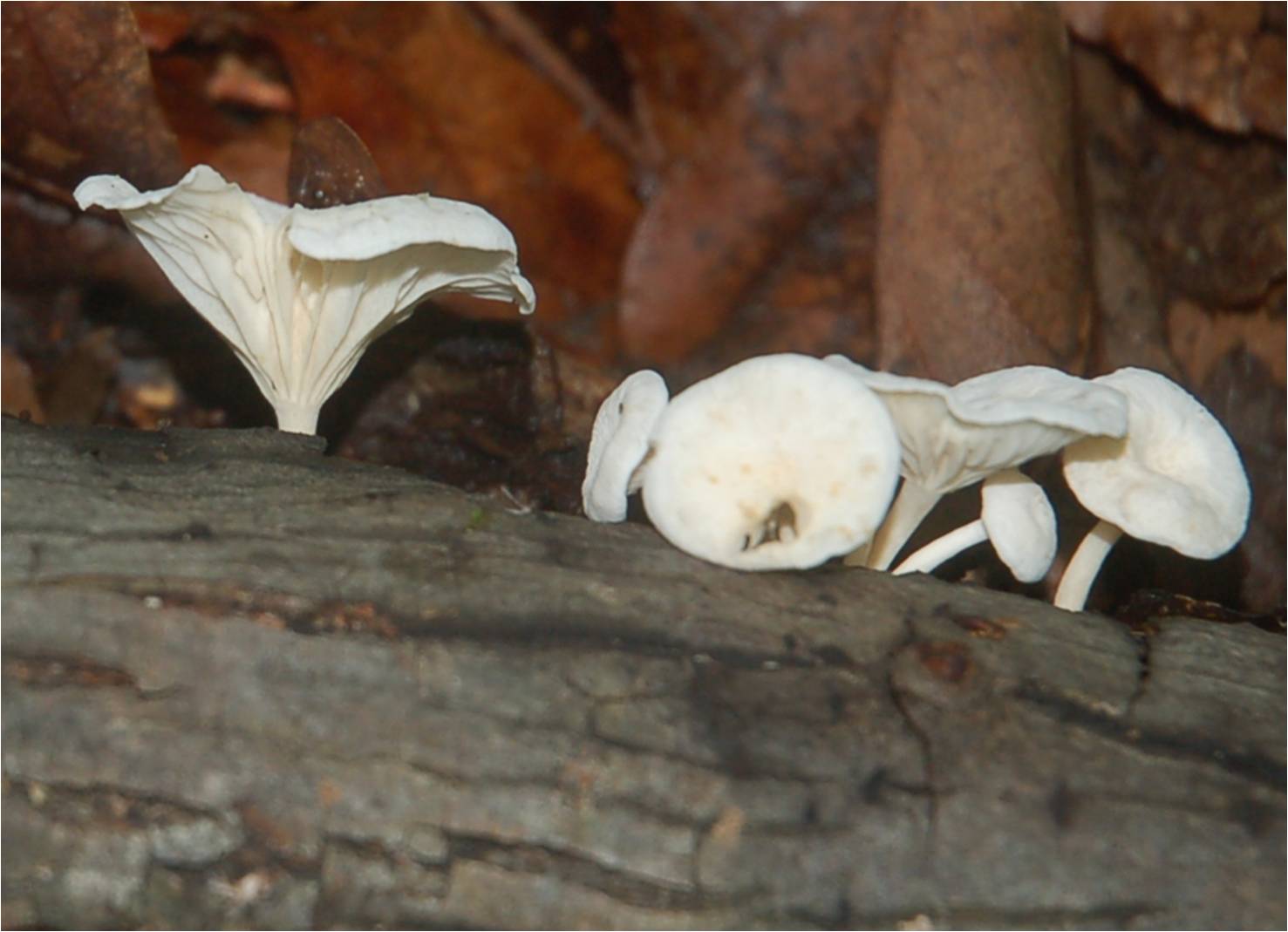
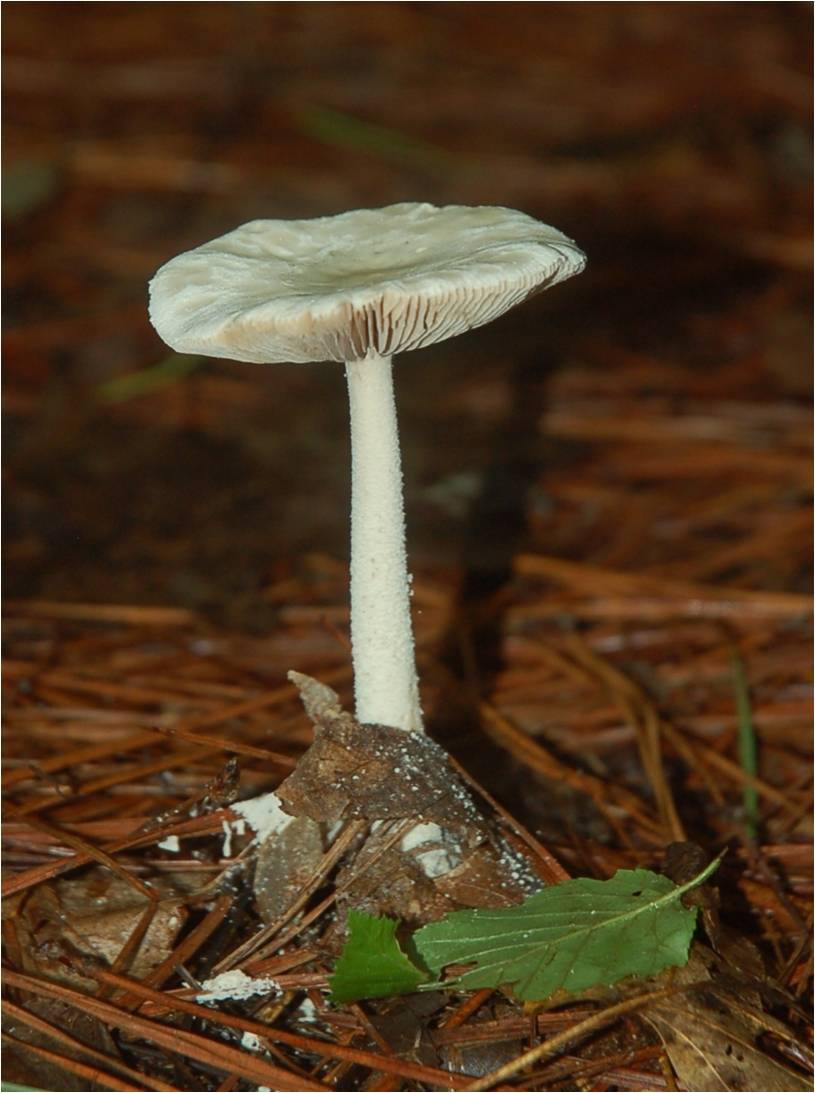
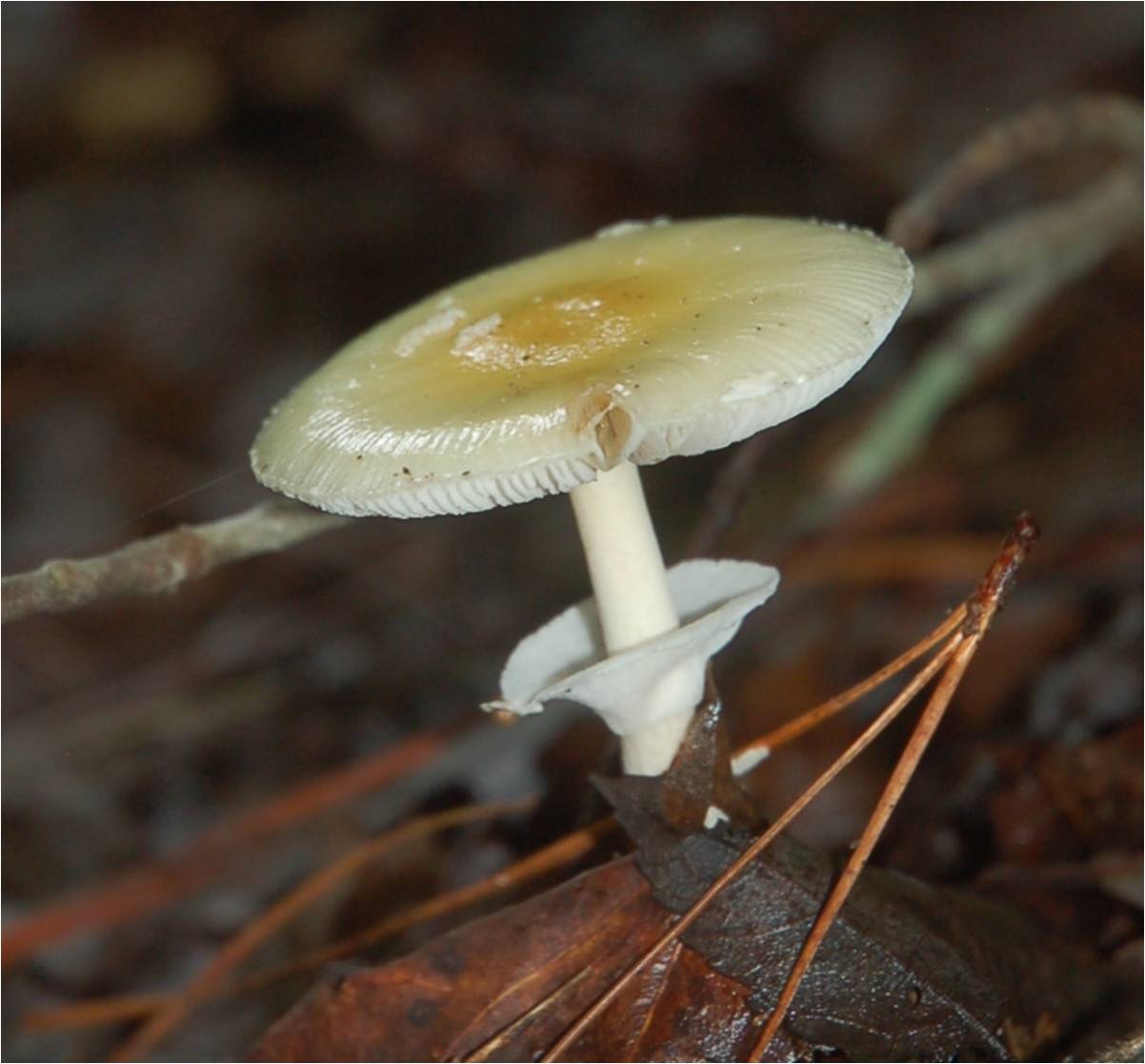
|
Diary of an Urban Watershed, Week 1by Tracy S. FeldmanBlog post week 1 (30 June 2014): The sounds of silenceI arrived at Glennstone early on Saturday morning, and tried to be quiet. Even though vegetation on the trails was soft after the rain, my feet still managed to find twigs to crack, roots to stumble over. My ears strained to hear the call of a summer tanager, a hooded warbler’s sneezing song, a gray tree frog’s snore, and the rumbling sound of a mushroom pushing up from the leaves… well maybe not that last one. If only… During this week’s Nature Explorers activity, we explored sounds in nature (Nature's Jamboree). As part of our quest for nature’s noises, we tried (unsuccessfully) to get out of range of the trucks and lawn-care equipment on the outskirts of the preserve, so we could listen to the sounds of the non-human world around us. Besides the occasional lawn mower or truck, we heard the incessant tambourines and whistles of cardinals in the dense undergrowth, an occasional dog-day cicada calling for mates, the buzz of a bee or wasp on its way somewhere, or even the rustle of tree leaves in the breeze. I think we identified about 10-15 different sounds between all of us, after a few minutes of intensive listening. I’ve always enjoyed this kind of activity. In the spring, at the height of bird migration, I find great joy in listening carefully to the symphony of sounds to parse out the different species of birds singing around me. I think I heard at least 12 bird species that day in and around Glennstone Preserve. Many of the noises we heard were made by the louder sound producers out there—birds and insects like cicadas or crickets that depend upon sound to alert others to their presence (for scaring off competition, finding mates, etc.). Some birds, like Sandhill cranes or bellbirds in the tropics, can produce sounds that can carry for over a mile (or two). In short, we heard the advertisers. Of course, even the advertisers must be able to hide or escape if danger comes, because any advertisement can be used by unintended recipients (predators) that will find you and eat you, as well as by the intended recipients. Gray tree frogs and cicadas can remain very still, and are well camouflaged to avoid detection—gray tree frogs can even change color from gray to green, black or white. Even small noises can be costly—great grey owls in the north can catch their rodent prey by listening to sounds of rodents running underneath thick layers of snow. Bats use sounds to locate prey as well, and moths have even evolved ways of detecting bat sounds that help them avoid capture. Some moths, like tiger moths (some species occur around here), even produce sounds of their own to sonically advertise to bats that they are poisonous. 

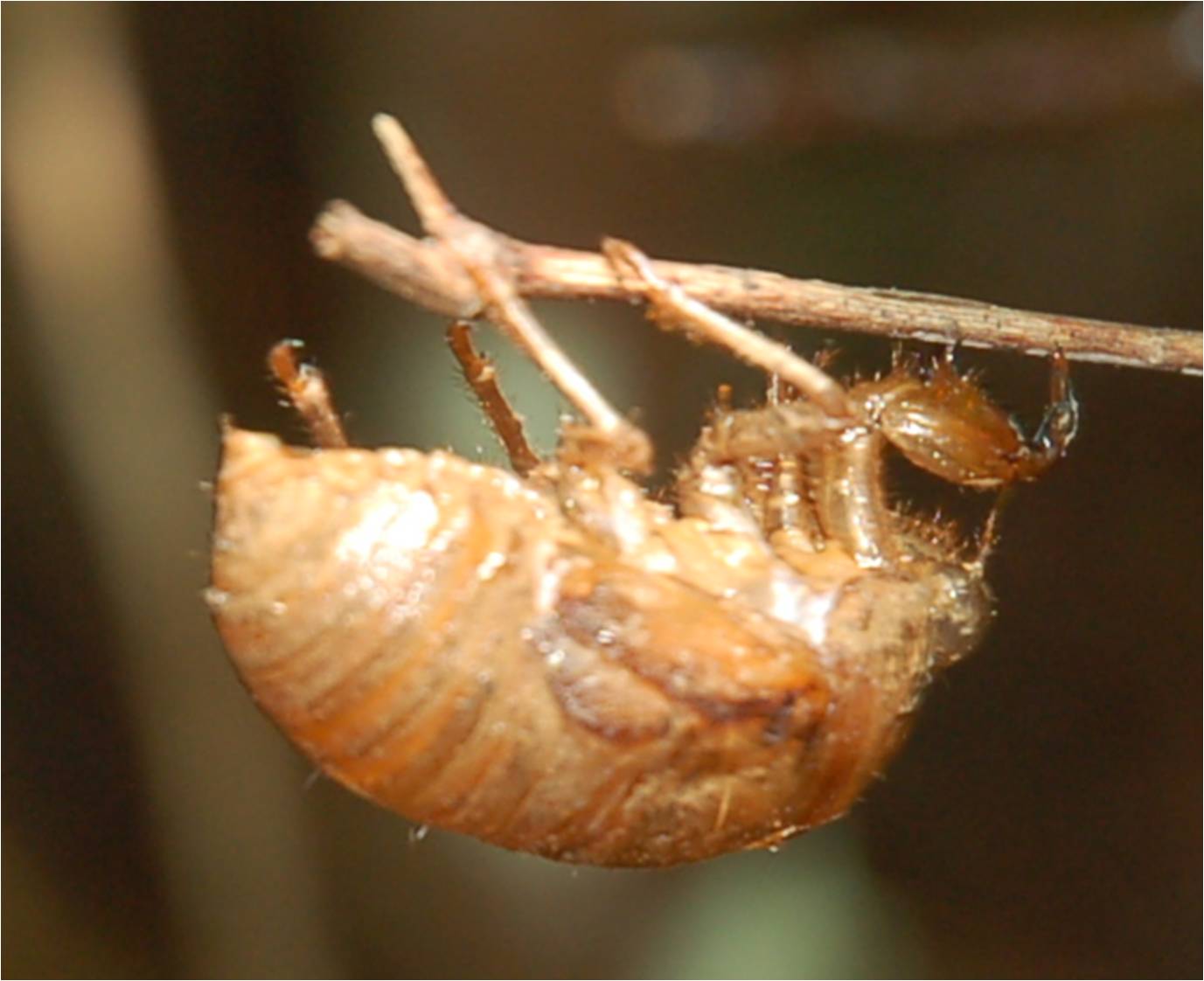
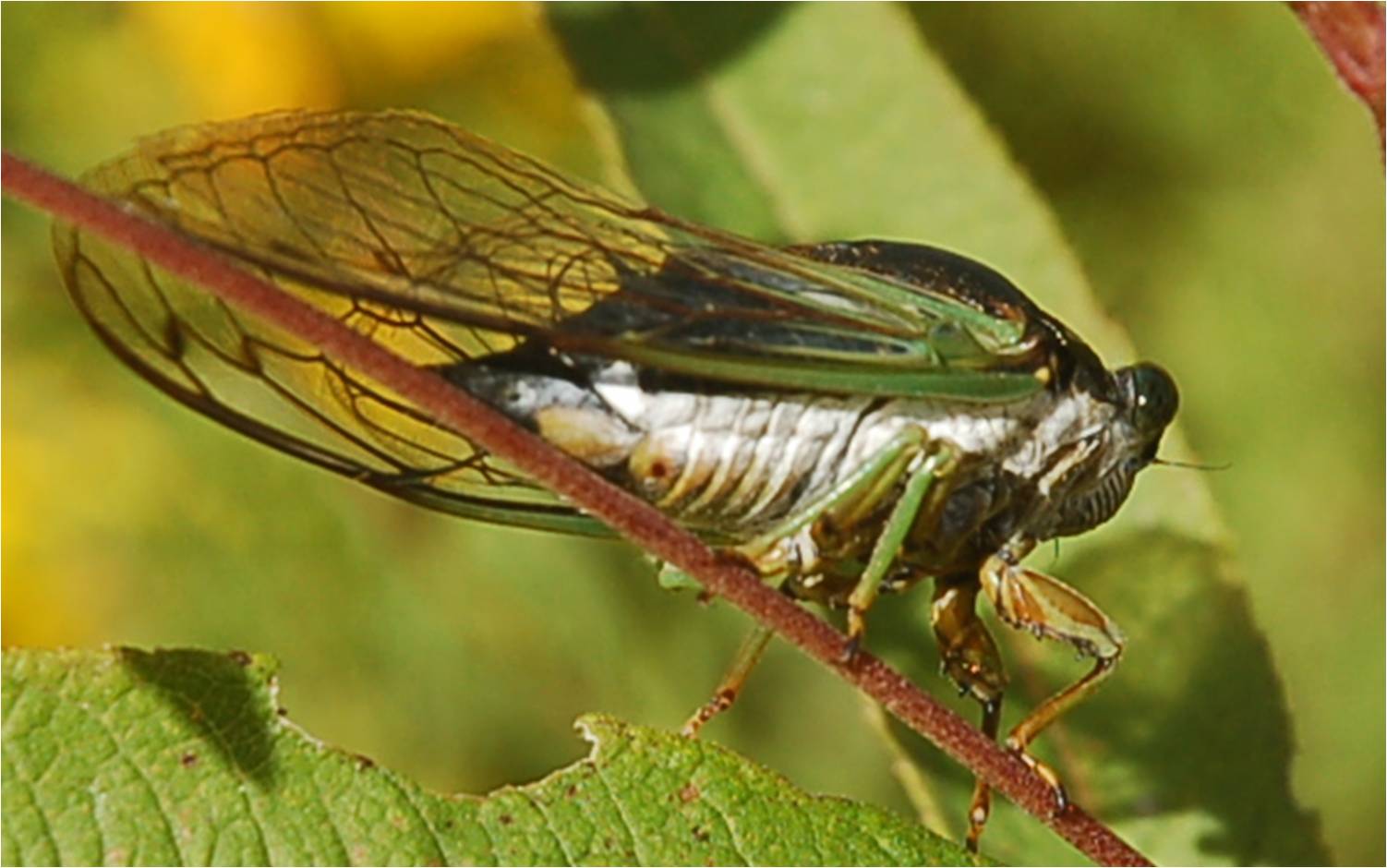
Even the loudest advertisers in the woods only declare themselves under the right conditions. Birds can remain silent on their nests, and may be surprisingly quiet (to us) in flight—they are also less apt to sing during the late summer months, after nesting is done, when they molt (replace their old feathers with new ones) and are more vulnerable to attack. Cicadas remain silent between blasts of song, and in their 2- to 21-year stint as a larva underground (depending upon the species) sucking on tree roots, before they dig their way to the surface, become an adult, and sing in the trees. Although bees may not buzz to advertise their whereabouts, if they are large, their wing-beat frequency is low enough that it lowers the pitch to the point that we can hear them more easily. Perhaps especially for insects less well defended than wasps and bees, an insect’s size can be a liability if predators can detect them. In 2008, Goerlitz, Grief and Siemers conducted some experiments with sounds produced by insects walking on leaf litter, tree bark, or sand, to find out what might make insects easier to hear. They were interested in what might make it easier for predators to find prey walking around on the ground, or in a tree. Not only did bigger insects make more noise, but also faster ones. Leaf litter was also noisier than sand or tree bark, but insects were quieter if these substances were wet rather than dry. This means insects can avoid detection if they move slowly, or if they are in the right habitat. The leaf litter in the woods at Glennstone can be pretty noisy, but we may have missed out on some noises because recent rains dampened the sounds. 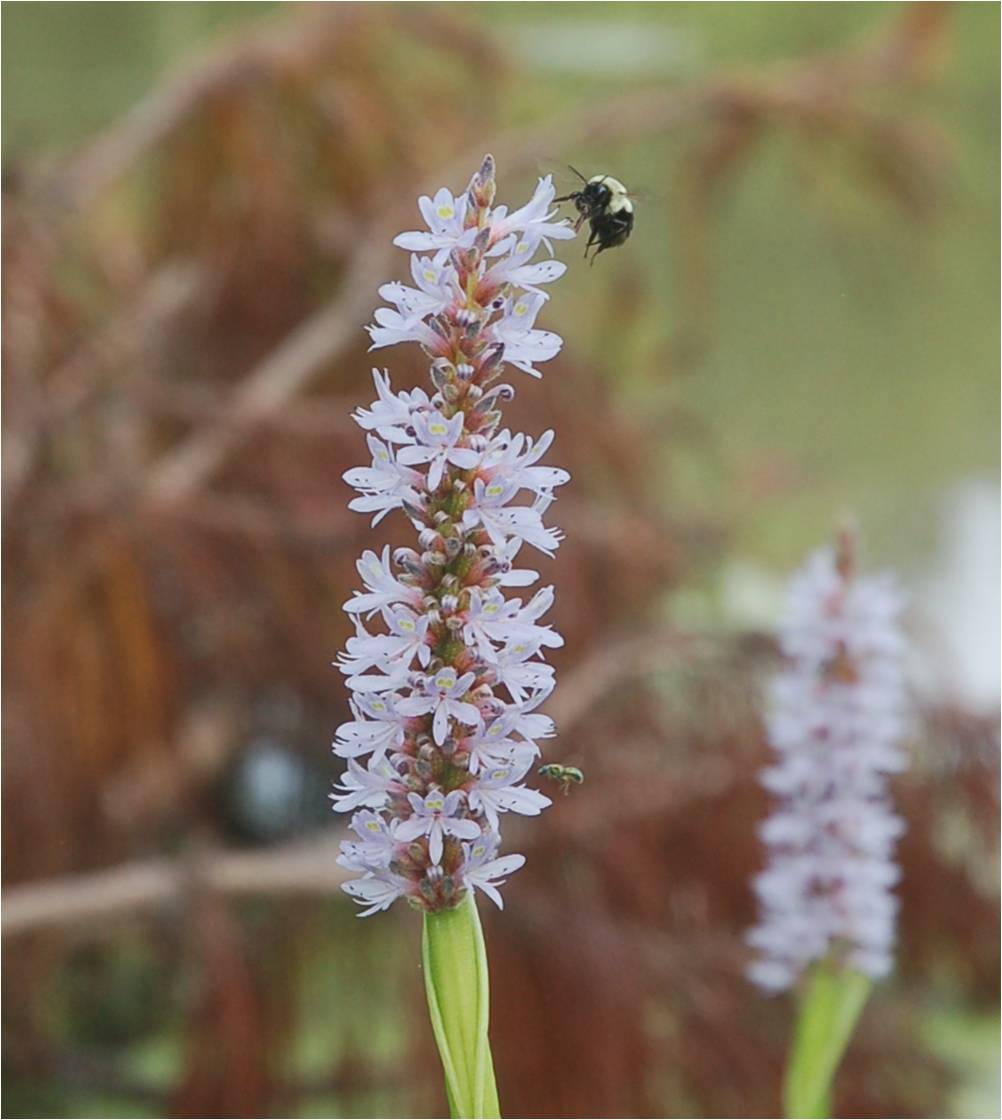
Although we humans rely in part on sound to detect other living things in our world, many organisms produce sounds we cannot hear. As I write this, I think about the age old question whether a tree falling in a forest makes a sound—it produces vibrations, whether we hear them or not. Likewise, all around us, we can see living things making noises we cannot hear. In Glennstone, ants make vibrations walking on Viburnum stems while tending aphids there (more on that next time). Dragonflies flit from place to place, tumbling flower beetles eat pollen in a Carolina rose blossom, and mushrooms push up from the leaves. In the latter case, they move relatively slowly, but still fast enough for an 8-inch mushroom to grow and unfurl overnight. At least 10 species had sent up mushrooms in Glennstone, all probably within a 24-hour period. Underground, in the undergrowth, in the forest, and in the air, a silent symphony is always playing just beyond our hearing range. Using technology (powerful microphones) or our imagination, we can still get a sense of the rich array of sounds produced around us, if we know where to listen. P.S.: A recent study by Appel and Cocroft (2014) showed that plants actually respond to vibrations made by caterpillars that eat their leaves. Plants exposed to caterpillar vibrations before exposure to actual caterpillar feeding produced more defense chemicals than those that were just exposed to caterpillar feeding. Plants can sense vibrations we cannot. Selected References:
Links: |
Natural history photos by Tracy S. Feldman.
Created and maintained by
tsf
Last updated July 2014
Created May 2014
